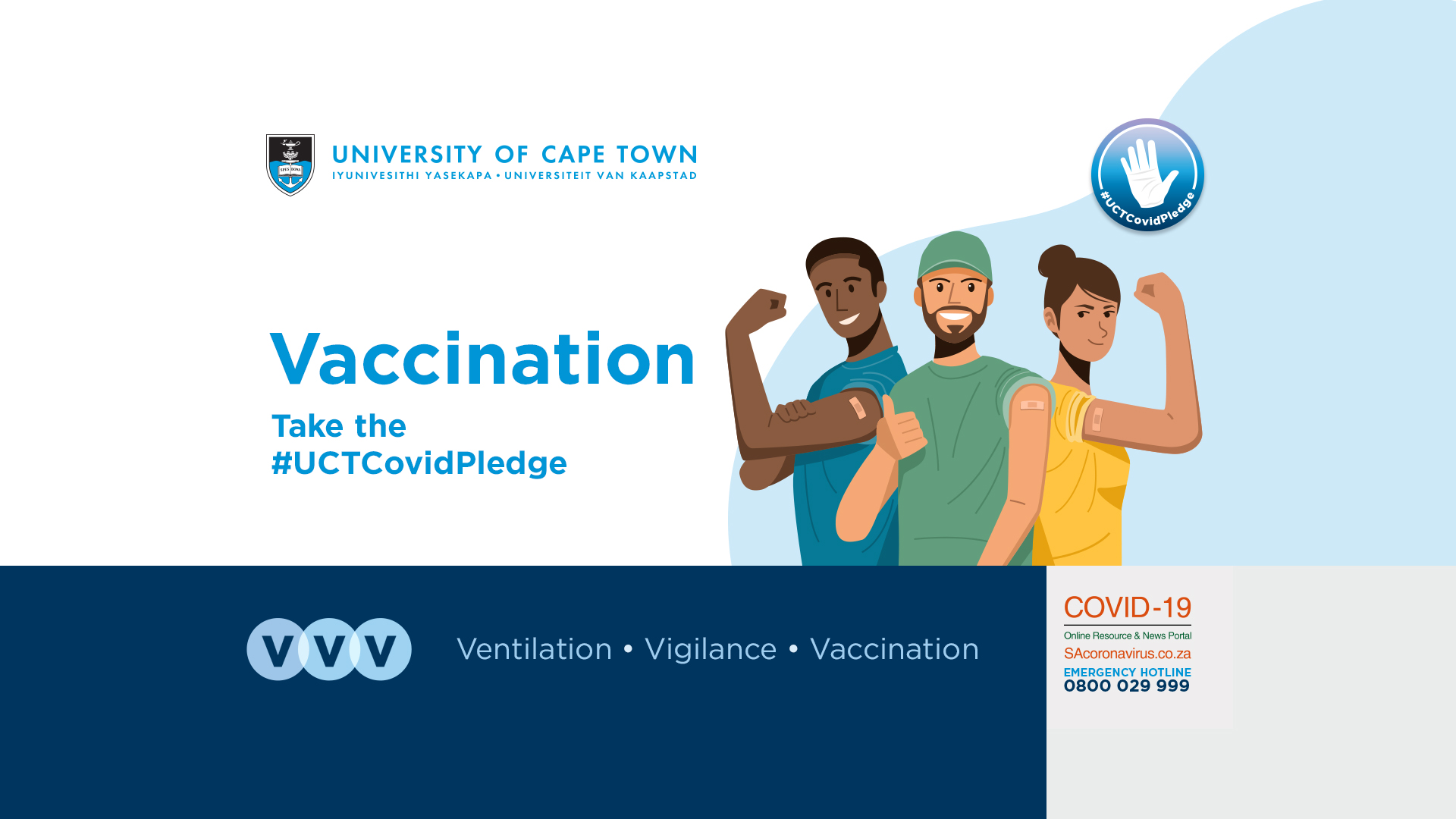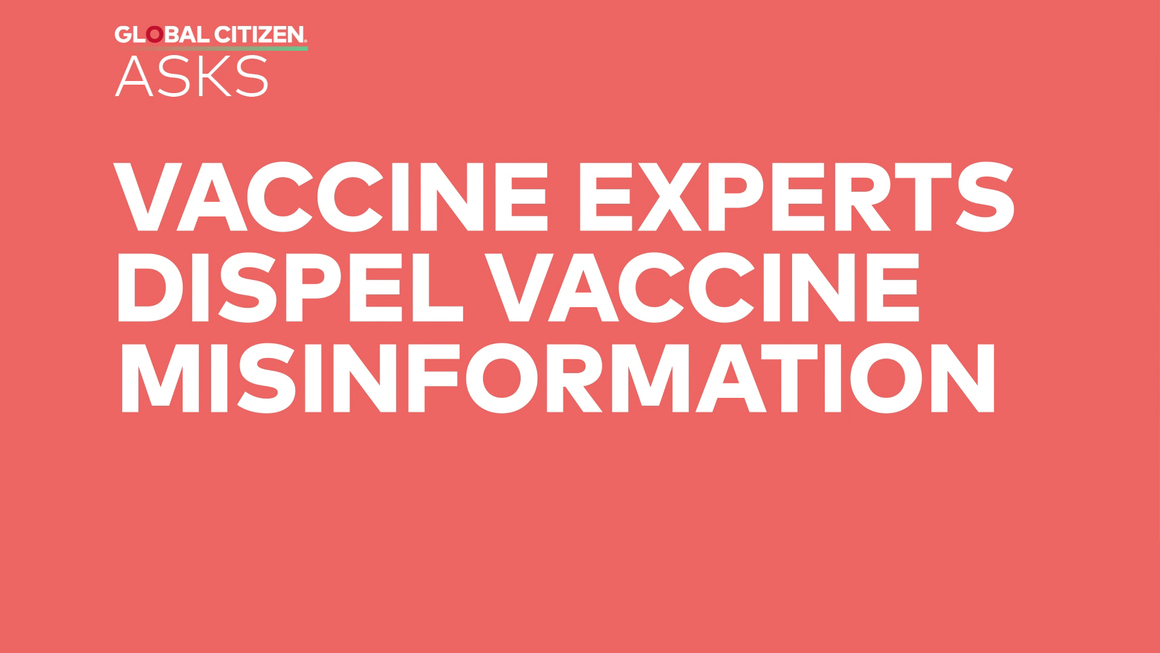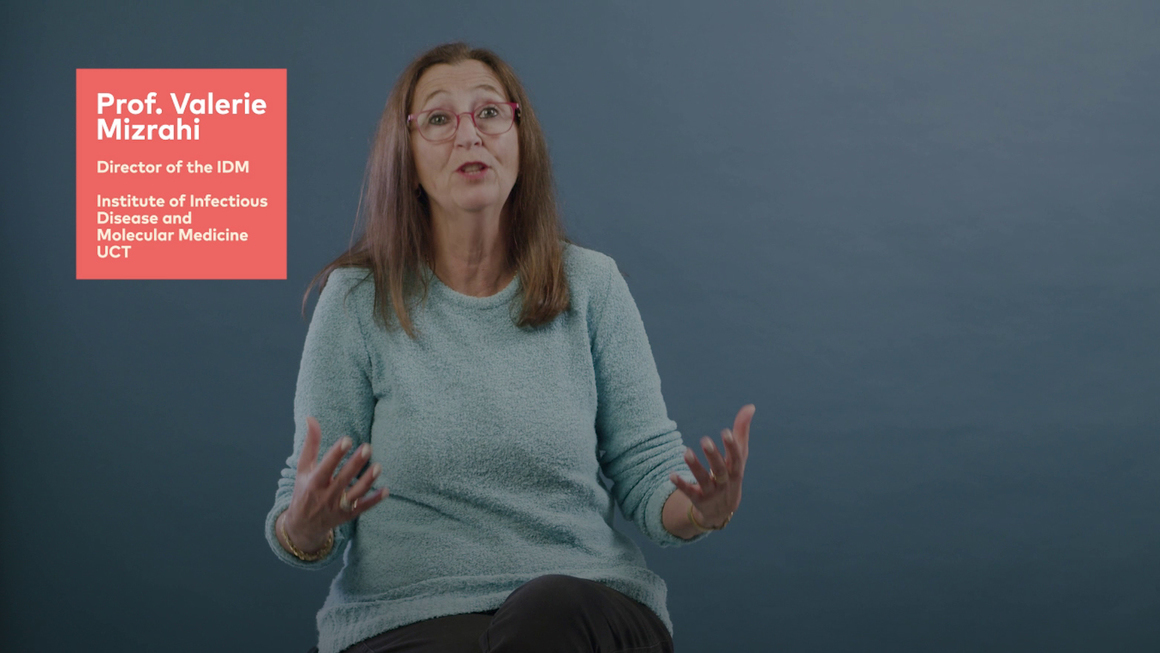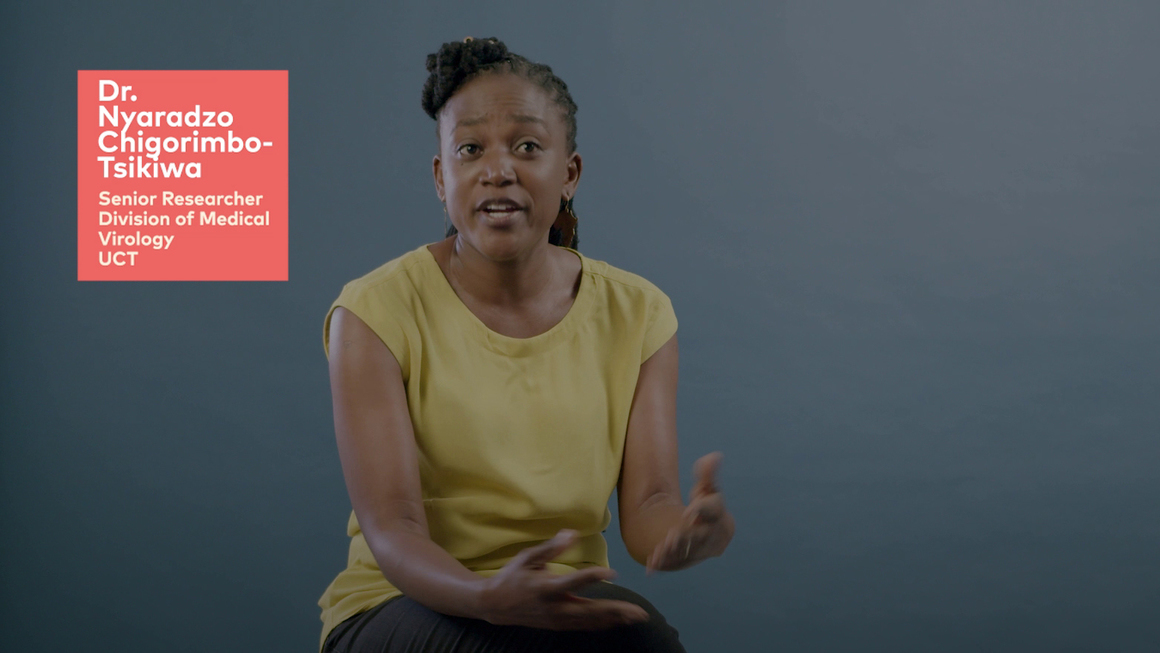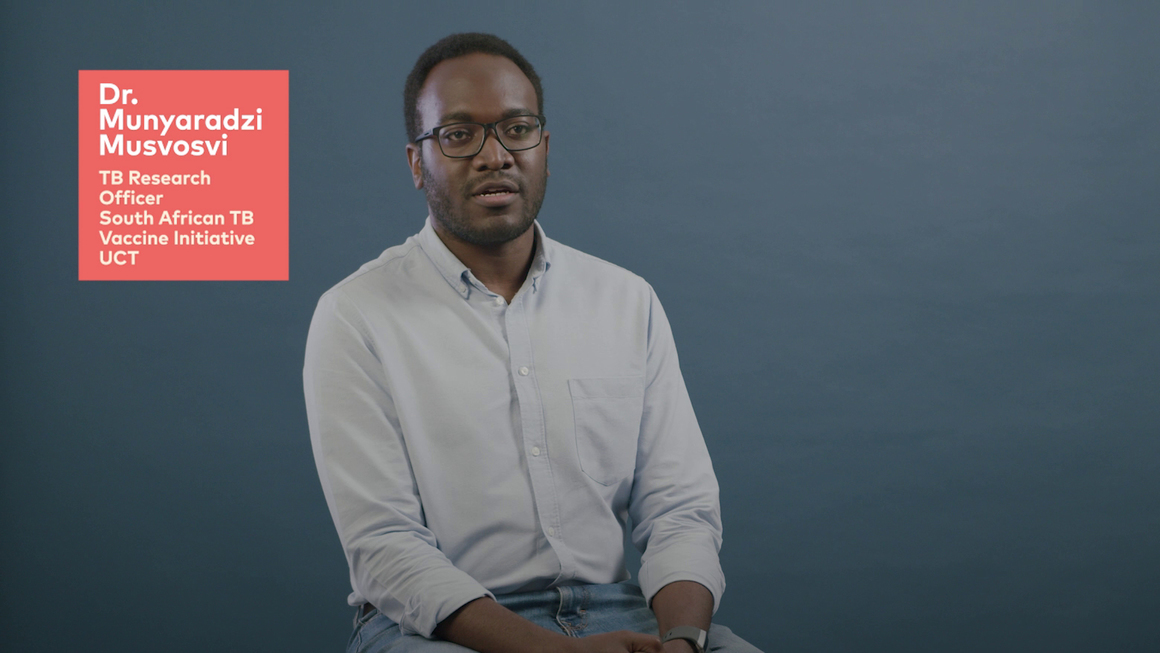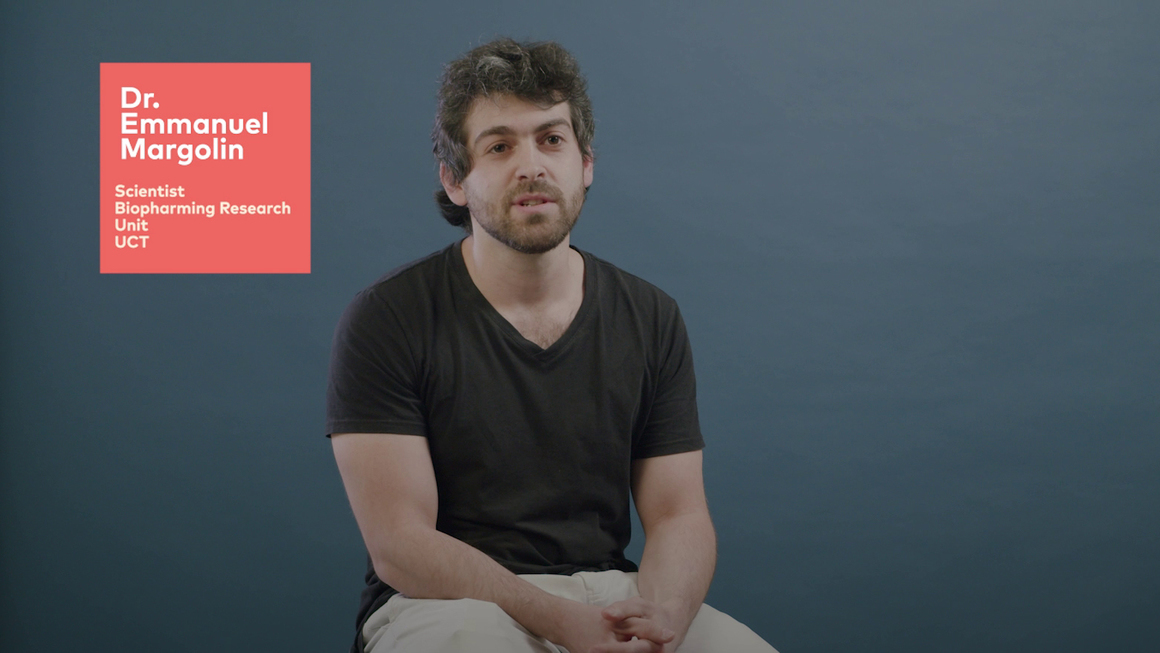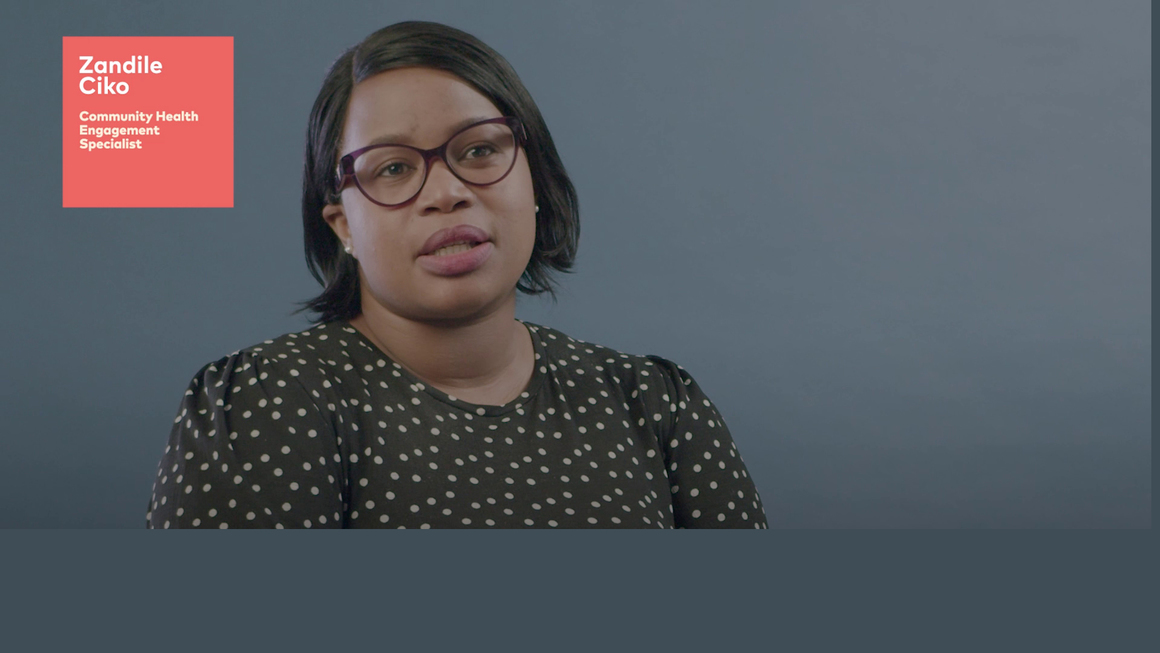COVID-19 grant: We can learn from Namibia
04 May 2020 | Story Jeremy Seekings and Lena Gronbach. Photo Flickr. Read time >10 min.
The University of Cape Town’s (UCT) Professor Jeremy Seekings, Professor Nicoli Nattrass and PhD student Lena Gronbach set out in detail how the new COVID-19 grant can be implemented, learning from the recent Namibian experience in introducing an emergency grant.
Introducing the new “Covid-19 grant” announced by President Cyril Ramphosa will pose a huge challenge. But South Africa can learn from Namibia, which introduced an emergency grant at the beginning of April and within three weeks had paid out nearly 580,000 people.
The Covid-19 Social Relief of Distress grant of R350 per month, together with the R500 per month supplement to each Child Support Grant (CSG) recipient, provides for the first time a social safety net for able-bodied working-age adults. These reforms amount to a temporary basic income grant payable to anyone without formal employment.
Implementing the supplement to existing CSG recipients is straightforward.
Introducing the new grant will pose an unprecedented challenge in South Africa. After the CSG was introduced in 1998, it took about three years to register the first one million beneficiaries, in part because the documentary and other requirements were very onerous. More recently, the Department of Social Development (DoSD) and the SA Social Security Agency (SASSA) have repeatedly run foul of the courts over grant administration. The DoSD’s track record in terms of distributing food parcels is hardly reassuring.
The introduction of a new grant in South Africa requires five crucial steps:
- The criteria for eligibility must be determined;
- There must be a simple, low-tech and quick application process;
- There must be a simple and quick process for verifying eligibility (and excluding most ineligible applicants);
- There must be a payment system that can quickly reach people in urban and rural areas; and
- The budget has to be available.
Are these within the capacity of the South African state?
The recent experience in Namibia suggests that implementation is feasible in South Africa. Namibia imposed a partial lockdown in late March. On 1 April, the Minister of Financeannounced a new grant for people who were struggling as a result of the pandemic. Just over one week later – on Thursday 9 April – he announced details of the once-off Emergency Income Grant of R750, to be paid to people aged 18-59 who had lost informal livelihoods or were already unemployed. People with work, including all people with formal employment, were excluded, as was anyone who already received one or other social grant. People who had been formally employed but had lost their jobs would be supported through a separate scheme, through Namibia’s Social Security Commission. While not without its hiccups, Namibia’s experience appears to provide an appropriate model for South Africa.
Comments by SASSA over the past few days suggest that this is the general direction for the implementation of South Africa’s new grant. With luck, the South African government might even do away with the cumbersome name Covid-19 Social Relief of Distress grant and follow the Namibian lead of calling it an Emergency Income Grant.
Eligibility
It appears that five categories of adults will be ineligible for the new grant in South Africa (as in Namibia)
- anyone in formal employment or self-employment;
- anyone who was in formal employment but is no longer being paid wages (the government says that it will relax eligibility for benefits from the Unemployment Insurance Fund so that such people can claim from the UIF);
- older people from the age of 60, because they are covered by the Old Age Grant (or pension) (just as children below the age of 18 are covered by the CSG);
- anyone who already receives a Child Support Grant or Disability Grant; and
- anyone in receipt of National Student Financial Aid Scheme (NSFAS) funding.
Receipt of Foster Care Grants (for fostered children) or Care Dependency Grants (for disabled children) would presumably not render someone ineligible for the new grant.
The crucial point about eligibility is that there is no need for a means test (the assessment of the income of the claimant). This avoids many of the problems involved in targeting social grants.
The government announced that the grant was intended for people who had lost informal jobs or livelihoods under the lockdown or who were already unemployed. There is, however, no way for the state to distinguish between people in these categories and most people who were or are “not economically active”, i.e. were or are not available for paid work (often because they are doing unpaid care work for their children at home). The one category of not economically active adults who can be excluded are students receiving public funding. Young adults aged 18 and over who are still in high school would therefore be eligible, as would students in higher education who are not receiving government funding.
Application
The new grant will need a simple and quick application process, unlike the current bureaucratic process for applying for any of South Africa’s existing grants. Indeed, under the lockdown SASSA has not been processing any new applications for existing grants, such as CSGs for new-born children, old age grants for people who turned 60, or renewals of temporary disability grants. SASSA explained that it could process applications for the existing social relief of distress awards or the new Covid-19 Social Relief of Distress grant “because we use technology for these” (tweet, 23 April 2020).
It appears that “technology” revolves around mobile phones, with South Africa following the Namibian lead. Applicants for Namibia’s Emergency Income Grant could register from Friday 10 April, the day after the details of the new grant were announced. Applicants registered by sending an SMS to a toll-free number and following a set of clear and simple instructions. Applicants did not need to use their own phones but they did need to use a Mobile Telecommunications Company (MTC) phone. MTC is Namibia’s first and largest mobile phone operator, owned by the state through the post office. It claims to have more than 2.5 million active subscribers in a country with a total population of only 2.5 million people!
The steps were set out as follows:
- SMS the letters “EIG” to 141222 from any MTC number
- Read the disclaimer carefully and if you qualify and agree proceed using the easy to follow prompts and screens that will display during the application process
- Enter your surname as indicated on your Namibian ID card
- Enter your full ID number (11 numbers for new IDs and 13 number for old IDs)
- Enter the cell phone number to which the bank must send your e-token (this does not have to be the same number as the phone you are using to apply)
- Enter the number that corresponds to the region listed in which you live
- Enter the number that corresponds to the bank service that you prefer to collect your income grant from
- Enter the number that corresponds to your income level in the previous month
- Enter the number that corresponds to your income level in the current month
- Commit to an undertaking that the information provided is correct and can be verified.
The government said that the application process took “less than five minutes”. In practice, unsurprisingly, so many people sent SMSs that the system operated by MTC was overwhelmed and had to be redesigned quickly, contributing to a short delay.
The Minister of Finance estimated that 739,000 people were eligible. It was reported that at least 350,000 applications had been received by Monday 13 April. One week later, 579,000 applications had been received.
Relying on mobile phones might exclude people without access to them. In the Namibian case, applications were made through MTC. Although MTC has 90% of the Namibian mobile phone market, it has limited or no coverage outside of towns and major villages.
In South Africa, most people have easy access to a mobile phone. When Afrobarometer surveyed South Africa in mid-2018, 91% of respondents said they had a mobile phone and 5% said that someone else in the household had one. Only 4% said that no one in their household had a mobile phone. Another 2018 survey showed the same picture.
Network coverage might be more of a problem. The coverage maps of the major networks (including MTN) show large rural areas where there is no coverage. Afrobarometer fieldworkers reported in 2018 that 26% of the sample lived in neighbourhoods where there was no mobile phone coverage. But Afrobarometer also found that almost everybody with a phone said that they used their phone everyday. In short, very few households have no access to a phone and network. It is likely that most of these very few households will know someone in the neighbourhood – a priest, teacher or neighbour – who has a phone.
It is not clear how many eligible households in Namibia have been unable to apply, and why. If Namibia can register quickly and easily most people who are eligible for their Emergency Income Grant, then South Africa should be able to do this too.
Verification
There are two ways that this could be done in South Africa. The first — broadly replicating what appears to have been done in Namibia — entails more administration now. The second would be easier now, but would entail some administration later.
The first verification process would entail checking applications against four databases, all of which rely on national ID numbers:
- The Department of Home Affairs database, to ensure that applicants are South African citizens or permanent residents aged 18-59;
- The SARS database of registered individual taxpayers, which includes high-earning self-employed and all formally-employed workers. This database is already used for the administration of the Employment Tax Incentive (or wage subsidy) programme;
- The UIF database of beneficiaries. This appears to be the most ropey of these four databases. It is reported to contain data from 1.8 million employers on 8 million employees. It is being used for the Temporary Employer Relief Scheme (TERS), introduced by the government to assist employers to continue paying their employees’ wages. On 20 April, the Minister of Labour announced that the scheme had received applications with respect to 1.6 million employees, of which 600,000 had been approved already. More than R1 billion had been paid out. The Minister admitted that the UIF system could not cope with the volume of applications and he had requested assistance from SARS and the private sector in expanding capacity; and
- The SASSA database of grant recipients.
The state would need to set up two further processes. First, there should be an appeals process for applicants who feel that they were wrongly excluded, because there will be errors in the databases and in the administration of checks. Second, given the enormous potential for corruption within the state through tampering with any of the above databases or the process, the state should appoint a dedicated anti-corruption unit.
In Namibia, the government initially announced that the approval process would take only two days and payments would begin on Tuesday 14 April, only five days after the new grant was first announced! It turned out that the verification process took a little longer. After a delay of two days – only two days! – “due to a strict verification process”, the first 147,000 grants were reportedly paid on Thursday 16 April, exactly one week after the initial announcement. A spokesman said that 32,000 applications were rejected after the applicants were found to be taxpayers (in formal employment) and a very small number of applications were rejected because the supposed applicant was found to have died or be underage. Applicants received an SMS when their application had been verified and a further SMS when payment was effected. By Monday 20 April, 579,000 applications had been received, of which 234,000 had been approved and 148,000 rejected. Many of the rejected applications were rejected because multiple applications were made from the same cellphone number. These were being investigated, because some would have been valid applications.
The alternative approach would be to check at this time only against the Home Affairs and SASSA databases before approving a grant. This would render a much larger number of people eligible, including people who are or were in formal employment. Applicants would be told, however, that anyone who receives the grant and reports income to SARS for the 2020-21 tax year will have the value of the grant added to their tax liability. Anyone who applied for the grant while working or who subsequently worked in this tax year would be required to repay the grant later.
The advantage of this approach would be to reduce the administrative burden of verifying applications now, while also reducing “exclusion errors” by ensuring that no one falls through the cracks of the extended UIF system. To the extent that business recovery will be dependent on strong recovery in domestic demand, then providing households with additional support now, even if this needs to be clawed back through the tax system later, will have positive economic benefits for business and the economy more generally.
The disadvantages of this approach are that it will result in higher payouts now and would impose a heavier administrative burden on SARS when assessing taxes next year to prevent “inclusion errors”. But given the small amount of the grant (a maximum of R2,100 over six months) it is unlikely to serve as a disincentive to people to return to work.
This alternative approach effectively extends the emergency grant into a basic income grant that would be recouped in personal income tax later from anyone who reports taxable income.
Payment
SASSA’s CEO, Busisiwe Memela, announced on 25 April that the new social grant would be paid through three channels: directly into bank accounts, as e-vouchers, or through mobile money transfers. Thus far, SASSA has not confirmed whether beneficiaries will be able to choose between the three options or whether the agency will opt for a single payment mechanism.
Currently, almost all social grants in South Africa are paid into bank or post office accounts. Since the appointment of the South African Post Office as the national grant paymaster in 2018, SASSA has closed many of the 8,086 cash paypoints due to concerns over the high cost of physical cash disbursements. Grant beneficiaries must now visit ATMs, retailers, a post office, or one of the few remaining paypoints to collect their monthly payments. About a third of all beneficiaries collect their grants at supermarkets, such as Shoprite, Spar and Pick n Pay. Only 5% of beneficiaries use post offices or the remaining 1,740 cash pay points, most of which are located in rural areas.
According to the Black Sash, 61% of beneficiaries collect their payments at ATMs, despite the additional withdrawal fees. The Banking Association of South Africa has now promised to scrap (or at least lower) these fees during the national lockdown to encourage beneficiaries to use ATMs and to avoid large crowds at post offices and retailers.
In Namibia, the grant was paid via mobile phones and the ‘digital wallets’ organised by various banks. The official announcement explained:
After the approval of the application, you will receive a token from the bank you have selected in the application process. The token would be for one of the following e-money products offered by the respective bank namely; e-wallet, bluewallets or easy-wallets. The token can then be redeemed using the cardless services at that bank’s ATM, or can be used to transact directly via the various value added services provided by the various wallets.
Advice for anyone who did not already have a ‘cell phone wallet’:
If you do not have a wallet, don’t worry. Pick your preferred banking institution (preferably the one with the closest ATM, and one without long ATM queues for social distancing purposes) and a wallet will be automatically created for you.
On 17 April, people were reported to be queueing at ATMs to withdraw money.
Relying on ATMs means that residents in rural areas might struggle to access cash. In Namibia, some residents in remote rural areas complained of the cost of transport to the nearest ATMs.
How might this work in South Africa?
Making payments into personal bank accounts would be a relatively straightforward exercise for beneficiaries who are already “banked”. SASSA would merely have to collect and verify beneficiaries’ account details which could be submitted electronically during registration.
The 2017 General Household Survey found that 29% of South African households reported that no household members had a bank account. The poor – who are the intended target of the new grant – are especially likely to live in a household where no one has a bank account: 35% of the unemployed and 40% of the “not economically active” population in South Africa lived in households where no one had a bank account. This accords with other sources (such as this 2018 survey). These figures might overestimate slightly the “unbanked” population, both because of under-reporting in surveys and because of rising access to bank accounts since 2017/18. But it is clear that many poor people do not have access to a bank account.
SASSA was able to open Postbank accounts on behalf of regular grant beneficiaries (in some cases even against their will) when the Post Office took over as national paymaster in 2018. This was possible because beneficiaries had already undergone an extensive registration process, including the collection of their biometric data. It is unlikely that SASSA would be able (or want) to offer a similar service for recipients of the emergency grant, especially given the short time frame for its implementation.
This leaves the other options: e-vouchers and mobile money transfers.
E-vouchers are already used for several Covid-19 relief initiatives in South Africa, for example for informal waste pickers. The vouchers are distributed via SMS and can be redeemed at any participating retailer.
Shoprite announced the launch of a virtual grocery voucher for its Shoprite, Checkers and Usave stores in early April. Pick ‘n Pay followed suit two weeks later. Both systems use unique voucher codes that can be purchased via Webtickets (Pick ‘n Pay) or Computicket (Shoprite). The recipient then simply enters the code into the PIN pad at the supermarket till when paying for their purchase. Given SASSA’s existing partnership with the country’s major retailers, as well as the simplicity of the process, an e-voucher option would be quick, easy, and relatively cheap to implement.
Beneficiaries would, however, be forced to spend their vouchers at participating retail outlets, rather than purchasing their essentials at local merchants or spaza shops. Recipients in rural areas would have to travel long distances to reach their nearest supermarket, thus incurring additional travel costs, increasing their risk of contracting Covid-19, and adding to the already long queues at retail outlets. Moreover, vouchers have often been criticized for being ‘paternalistic’ and undermining beneficiaries’ choice and self-determination.
The e-wallet or mobile transfer option, which is used in Namibia, has also been adopted for Covid-19 emergency grants in Peru, Colombia, Jordan and Nigeria. E-wallets enable individuals to receive money, make payments and withdraw cash using a mobile device. This option would thus be particularly suitable for beneficiaries who do not have a formal bank account. In its simplest form, the e-wallet would be similar to an e-voucher, except that the code received by the beneficiary via SMS (or an app) would be used to withdraw money from an ATM or retailer, rather than serve as a means of payment.
According to one study, mobile payment solutions were used by 19% of South Africans in 2019. During the 2019 festive season alone, R3 billion in mobile payments were processed by FNB’s e-wallet platform. The technology is offered by most of the country’s major commercial banks, which already pay social grants via personal bank accounts. In fact, South Africa’s banks have long had their eye on social grant payments as an opportunity to expand their presence in the low-income market. If SASSA plays its cards right, banks might therefore be willing to lower – or even scrap – the fees for disbursing the Covid-19 grants.
Budget
The cost will depend primarily on the number of claimants. Estimates of how many people would be eligible depend on the method used and the assumptions made. Different methods and assumptions suggest a total eligible population anywhere between ten and twenty million individuals. If we assume full take-up, then we calculate that the cost would range from R21 billion to R42 billion over six months. This corresponds to between about 0.3% and 0.7% of Gross Domestic Product, or between 10% and 20% of pre-Covid total expenditure on all social grants. The cost is determined not only by the number of claimants but also by the benefit level: at R350 per month, the benefit is a fraction of what was paid hitherto to old age pensioners and is lower even than the benefit paid under the CSG.
Administrative costs might add an additional 10% to the cost of the grants themselves. In Namibia, MTC, Deloitte Namibia, MobiPay and commercial banks offered their services pro bono.
How good is ‘good enough’ during an emergency?
The new grant is an emergency measure. There will inevitably be both “exclusion errors” (as some eligible people fail to receive the grant) and “inclusion errors” (as some ineligible people claim it). If we take the CSG as a yardstick, perhaps as many as one in six eligible individuals will fail to access the grant. These are likely to include many of the poorest and most vulnerable households in the country, in rural areas, without a mobile phone or network coverage or easy access to ATMs. There will clearly continue to be a need for food parcels to support individuals or households who cannot access even the emergency grant programmes. Even if the new programme only reaches five out of six eligible individuals, however, this will have a massive effect on poverty during the crisis. In short, the programme does not need to be perfect for it to be worthwhile.
Jeremy Seekings is a professor and Director of the Centre for Social Science Research at the University of Cape Town. Lena Gronbach is a PhD student at UCT, working on grant payment systems. Nicoli Nattrass is a professor in UCT’s School of Economics.
UCT’s response to COVID-19
COVID-19 is a global pandemic that caused President Cyril Ramaphosa to declare a national disaster in South Africa on 15 March 2020 and to implement a national lockdown from 26 March 2020. UCT is taking the threat of infection in our university community extremely seriously, and this page will be updated with the latest COVID-19 information. Please note that the information on this page is subject to change depending on current lockdown regulations.
Minister of Health, Dr Joe Phaahla, has in June 2022 repealed some of South Africa’s remaining COVID-19 regulations: namely, sections 16A, 16B and 16C of the Regulations Relating to the Surveillance and the Control of Notifiable Medical Conditions under the National Health Act. We are now no longer required to wear masks or limit gatherings. Venue restrictions and checks for travellers coming into South Africa have now also been removed.
Read the latest document available on the UCT policies web page.
Campus communications
2022
UCT Community of Hope Vaccination Centre
On Wednesday, 20 July, staff from the University of Cape Town’s (UCT) Faculty of Health Sciences came together with representatives from the Western Cape Government at the UCT Community of Hope Vaccination Centre at Forest Hill Residence to acknowledge the centre’s significance in the fight against COVID-19 and to thank its staff for their contributions. The centre opened on 1 September 2021 with the aim of providing quality vaccination services to UCT staff, students and the nearby communities, as well as to create an opportunity for medical students from the Faculty of Health Sciences to gain practical public health skills. The vaccination centre ceased operations on Friday, 29 July 2022.
With the closure of the UCT Community of Hope Vaccination Centre, if you still require access to a COVID-19 vaccination site please visit the CovidComms SA website to find an alternative.
“After almost a year of operation, the University of Cape Town’s (UCT) Community of Hope Vaccination Centre, located at the Forest Hill residence complex in Mowbray, will close on Friday, 29 July 2022. I am extremely grateful and proud of all staff, students and everyone involved in this important project.”
– Vice-Chancellor Prof Mamokgethi PhakengWith the closure of the UCT Community of Hope Vaccination Centre, if you still require access to a COVID-19 vaccination site please visit the CovidComms SA website to find an alternative.
Frequently asked questions
Global Citizen Asks: Are COVID-19 Vaccines Safe & Effective?
UCT’s Institute of Infectious Disease and Molecular Medicine (IDM) collaborated with Global Citizen, speaking to trusted experts to dispel vaccine misinformation.
If you have further questions about the COVID-19 vaccine check out the FAQ produced by the Desmond Tutu Health Foundation (DTHF). The DTHF has developed a dedicated chat function where you can ask your vaccine-related questions on the bottom right hand corner of the website.
IDM YouTube channel | IDM website
“As a contact university, we look forward to readjusting our undergraduate and postgraduate programmes in 2023 as the COVID-19 regulations have been repealed.”
– Prof Harsha Kathard, Acting Deputy Vice-Chancellor: Teaching and Learning
We are continuing to monitor the situation and we will be updating the UCT community regularly – as and when there are further updates. If you are concerned or need more information, students can contact the Student Wellness Service on 021 650 5620 or 021 650 1271 (after hours), while staff can contact 021 650 5685.









